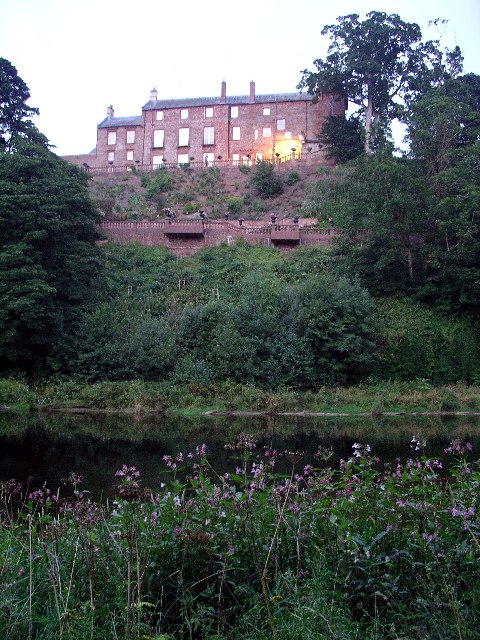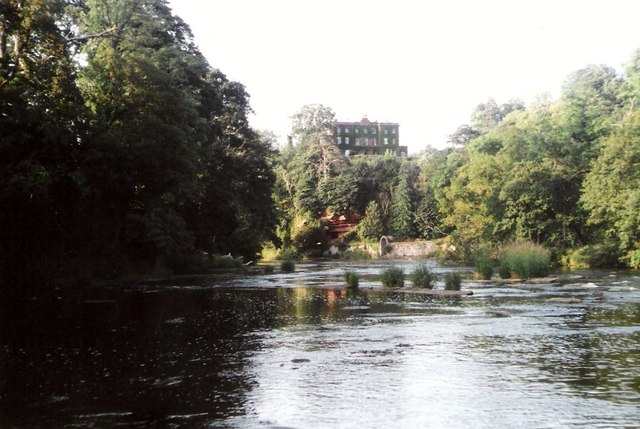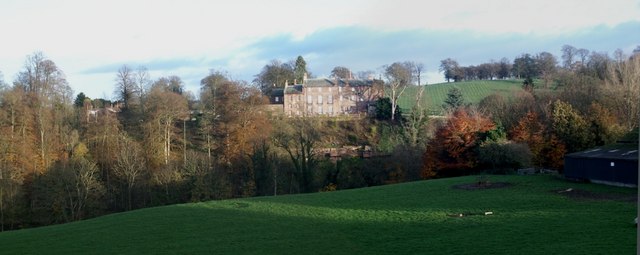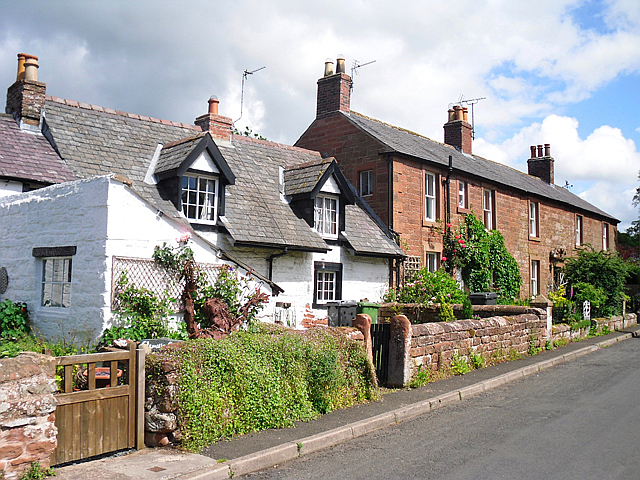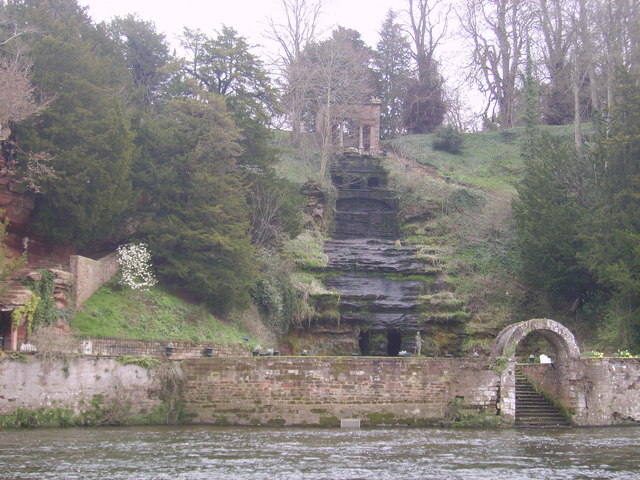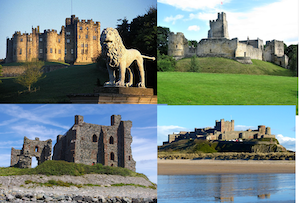Topics > Great Corby > Corby Castle
Corby Castle
Corby Castle is an ancestral home of the Howard family situated on the southern edge of the village of Great Corby in northern Cumbria, England.
It was originally built in the 13th century as a red sandstone tower house by the Salkeld Family, who also owned the nearby Salkeld Hall of similar age. It was sold in 1611 to Lord William Howard, the third son of Thomas Howard, 4th Duke of Norfolk, who added a two-storied L-shaped house onto the peel tower.
The present façade was built for Henry Howard by Peter Nicholson between April 1812 and September 1817. Henry Howard had inherited the estate from Sir Francis Howard, Lord William Howard's second son.
In late 1981 Corby Castle was used as one of the main locations for the shooting of a five-part BBC miniseries. The dramatisation of Wilkie Collins' The Woman in White starred Diana Quick as Marian Halcombe.
Robert Martin and Ian Yeates started a glassworks in the grounds of Corby Castle in 1986. They made a range of glass ornaments such as paperweights, perfume bottles and vases. Their work is signed "Martin Yeates".
Corby Castle was sold by Sir John Howard-Lawson Bt. and Lady Howard-Lawson in 1994 to Northern Irish businessman Edward Haughey. The principal contents of the Castle were sold in 1994 through Phillips of Scotland. Dr Edward Haughey, Baron Ballyedmond (a life peer, represented the Ulster Unionist party in the House of Lords) and carried out a total refurbishment of Corby Castle, and used it for both family and corporate entertainment.
The castle is reputedly haunted by a ghost known as 'the radiant boy'.
Corby Bridge, a Grade I listed railway viaduct of 1834, is nearby.
Visit the page: Corby Castle for references and further details. You can contribute to this article on Wikipedia.

from https://historicengland.org.u…
CORBY CASTLE - List Entry
- "Castle. C13 tower house encased in later buildings: additions c1630 and c1690, with present facade built between April 1812 and September 1817, by Peter Nicholson for Henry Howard. Red sandstone …
Added by
Simon Cotterill


from https://historicengland.org.u…
CORBY CASTLE - List Entry
- "Castle. C13 tower house encased in later buildings: additions c1630 and c1690, with present facade built between April 1812 and September 1817, by Peter Nicholson for Henry Howard. Red sandstone …
Added by
Simon Cotterill
